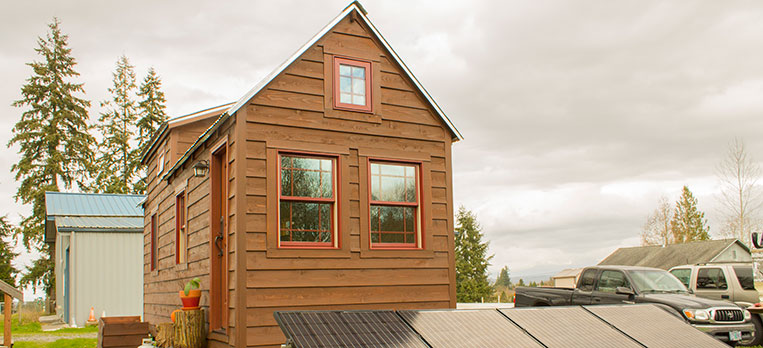
What is a “perfect day” for someone who lives in a tiny house? I wanted to understand how tiny homes influence people’s lives in and out of the house – you know, where most of life happens – so asked everyone I interviewed what a perfect day might look like for them. While their answers were unique, they shared a common theme: they listed experiences, satisfying ways to spend their time.
Is that any different from someone who lives in a conventional house? I don’t think so. Most people want the same things, in a “What you regret on your death bed” kind of way. I think tiny houses just have a special way of reminding people that life is about doing more than having.
Maybe that’s why tiny homes can be polarizing. Some are instantly attracted to a life based primarily on experience, where accumulating possessions is a secondary concern. But to others, watching people pursue a material-minimum life can feel like a judgement of their own buying habits, and even their own lives. But I haven’t experienced the tiny house movement as anti-materialist. It just prioritizes experiences over material things in a visually dramatic way.
Tiny homes often open the door to practical circumstances that help people spend their time in ways they really value. But they also help people recognize that if life really is all about experiences, then the mundane, little moments can matter just as much as the lofty achievements and really big deals.
Experiences Make You Happier Than Things
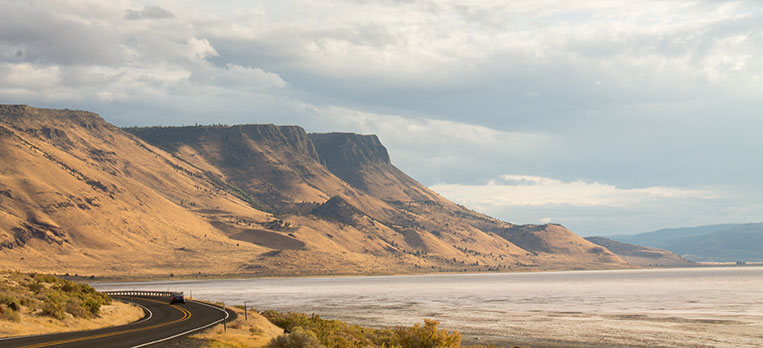
Every couple of years a new scientific study emerges about how spending money on experiences brings people more satisfaction than spending money on physical possessions, for a variety of reasons:
- People get more joy out of planning for, and looking forward, to experiences.
- People get more satisfaction out of recalling experiences.
- Experiences are often shared with others, which multiplies their value.
- Experiences are more individualized than possessions, so they’re harder to jealously compare between peers.
I think most people read about these studies and think, “Well sure, I know that.” The articles often use vacations as an example experience, but I think that obscures how interesting this idea really is. Vacations are so obviously pleasant that most people would choose being on vacation over almost anything else, material or experiential. Walking the dog, getting a new shirt, or going on vacation? Vacation, please!
What can get lost in stories like this is the value of everyday experiences, like walking the dog, lived mindfully and with appreciation. Most of life isn’t vacation – even for people in tiny homes. Yet the tiny home owners I spoke with seemed to have pretty sweet access to the experiences they wanted, and were also unusually aware of the value of garden-variety, daily life experiences. Why?
Tiny Houses Promote Experience-Focused Living
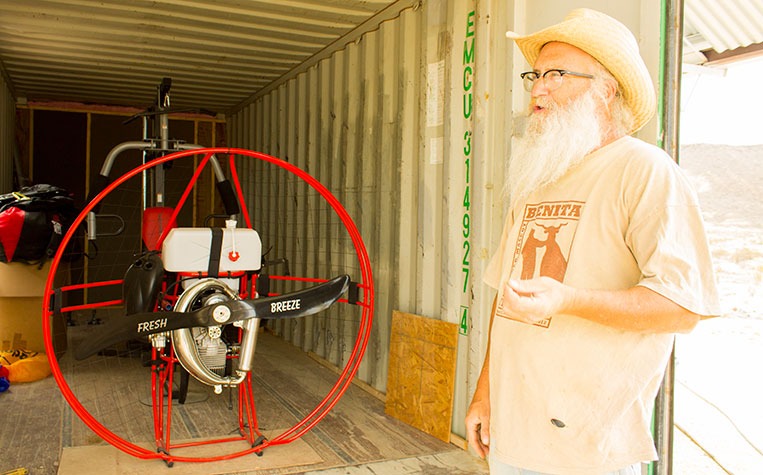
I think there are two different things at work. One is that in many cases, tiny homes really do alter the practical circumstances of people’s lives in ways that are hugely beneficial for them. Tiny homes are usually cheaper and easier to maintain than conventional houses, which allows people to spend more time, money and energy on activities they really value. Many of the people I interviewed work part-time instead of full-time, were able to travel more often than they could before, or spent significant time on hobbies and projects – John Wells was just about to take powered paragliding lessons when I visited him. This is the functional, hard-to-argue attraction of a tiny house. Experiences like working less, traveling more, or pursuing your passions appeal to a whole lot of people – kind of like vacation.
But I think the second factor at work is that the size of a tiny home reinforces the idea that if the stuff around us isn’t actively serving the experiences we want to have – the experiences that really promote happiness – then it really is just…“stuff.”
What stood out to me as I asked everyone what “a perfect day” looked like for them was that their charming answers were full of rather mundane, everyday activities. Their perfect days included working, hiking, cooking, reading, sleeping, yoga, playing music, having dinner with friends and hanging out with pets. One story I loved but had to cut from my ebook was about Dee Williams having a “pretty good day” playing a game with her dog, Oly.
“I took a walk with Oly and we went over to the high school. They have a big pond right next to the tennis courts, which have a big fence all the way around. I found some tennis balls, and Oly loves tennis balls. So I was there for two hours shagging tennis balls out of the pond. And it was so much fun. I found like 50 tennis balls. I would pick them up out of the muck, and the game was to try to throw them through the trees at the end of the pond, over the 20-foot fence, and into the tennis court. It was hard… but I was pretty good at it!” [Laughs]
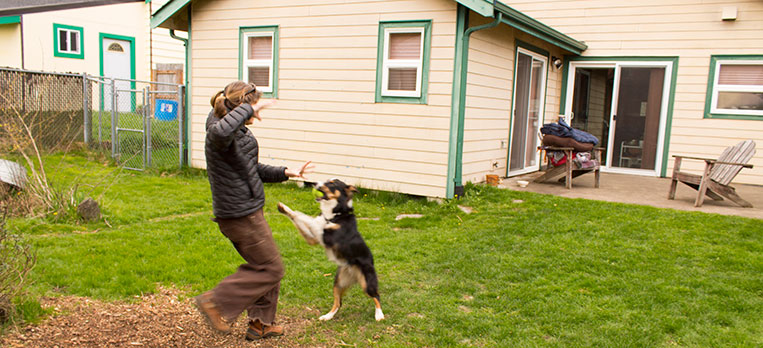
I loved that story because of the joyful slice of life it speaks for, and because that slice is so easy to ignore. When we think of perfect days, we often think of dramatic circumstances: exciting trips or relaxing vacations, achieving goals or winning competitions. Most people wouldn’t put, “Have a really good walk with my dog,” on their bucket list, but that was one of the first things that came to mind when I asked Dee about a perfect day. Because when you really start thinking about how much experiences matter, you find that the common can feel just as great as the extreme, if you really notice and savor them.
I think this is an aspect of what Aldo was talking about when he said that it was important for him to make time to ponder how he spends his life, and why:
“We all are thinking, ‘What is the purpose of my life? What are we here for?’ And we ourselves are our worst distraction to answer that question. One of the ways people do that is by buying things, and having to pay them off. [Laughs] I think I still distract myself, and I’m asking that question continually… It’s just like, meanwhile, there’s fewer things to do around the house.”
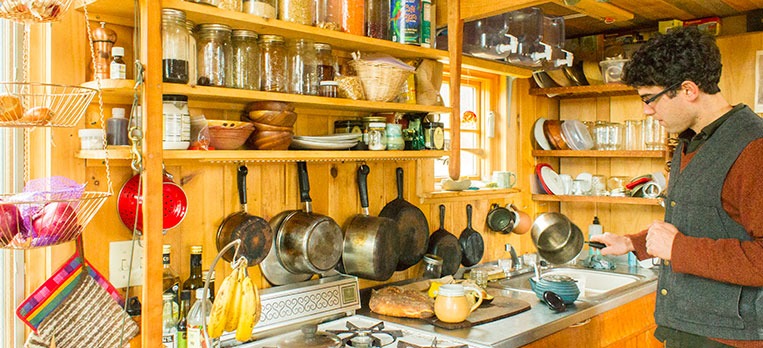
In other words, if recreational shopping is off the table, if there are only so many shelves to dust and plates to wash, how will you spend your time? How much satisfaction can you find in it, if you’re looking? Or how will you make a change so you can do something that satisfies you more?
What You Do, And How Much You Appreciate It
When you think about getting what you really want, like your dream house for instance, the question always remains: what do you do in your dream house? How do you spend the hours after you walk in the door, before you go to sleep? Those aren’t just the hours you count down before your next vacation – your next good experience. Any one of them could be a perfect hour, or at least a “pretty good” one.
It’s your experiences that make your emotions swell, and become the stories you laughingly share over dinner, not your built-in shelves or your countertops. Tiny homes often free up people’s budgets so they have more time for experiences of their choosing. But tiny house or no, the experiences you have are yours to choose, and how much joy you take from them is up to you.

Comments are closed.